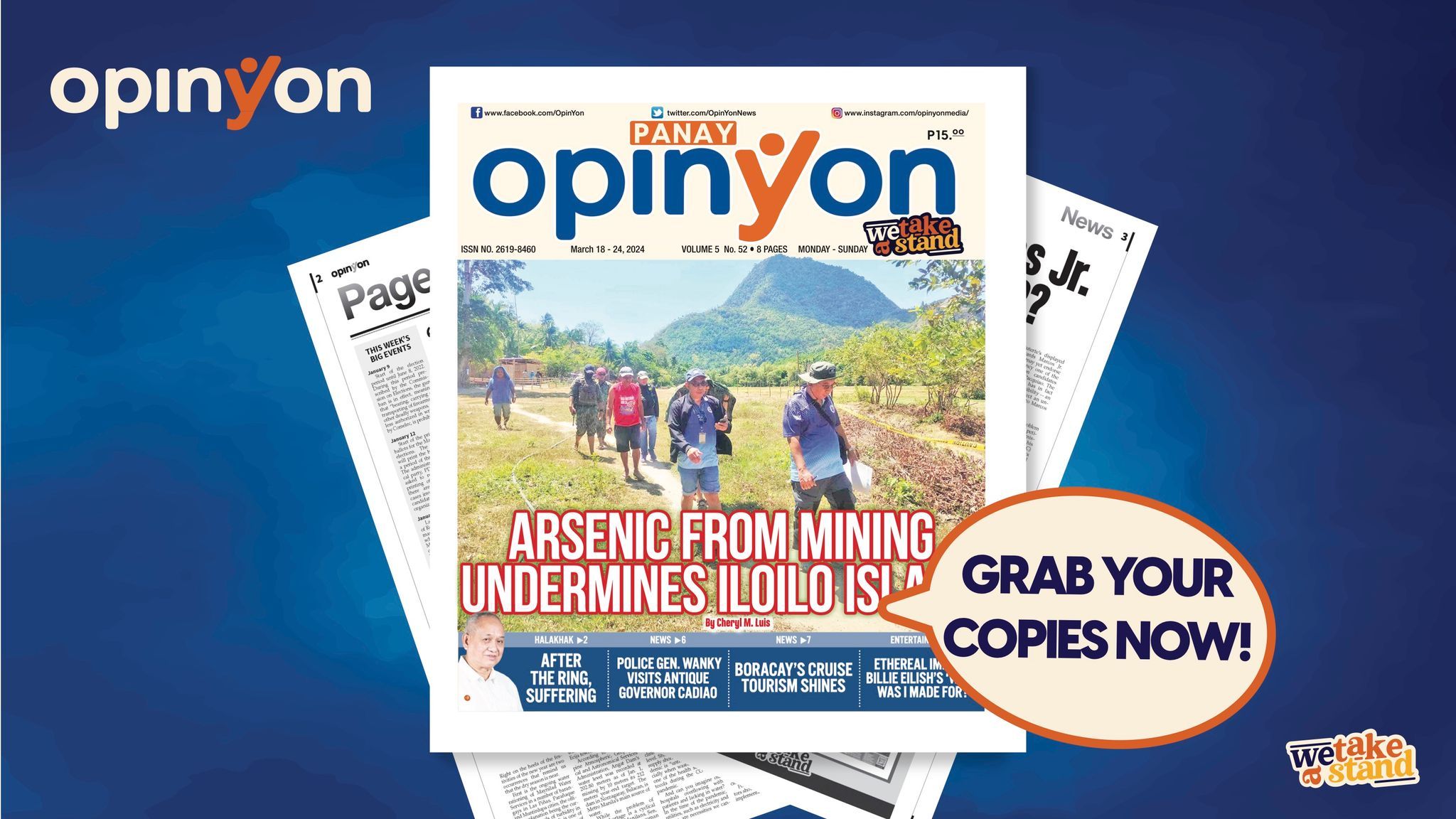In Pan De Azucar Island in Concepcion, Iloilo, an environmental crisis poses significant health risks and challenges to sustainable development. The discovery of arsenic in the groundwater of Barangay Taloto-an underscores the fragility of the island's ecosystem and the dire consequences of unchecked mineral exploration activities.
This situation demands a critical examination of the measures taken by local authorities and mining companies, alongside the broader implications for environmental governance and community health.
Government Intervention and Corporate Responsibility
The swift action by the City Government, under the guidance of the Provincial Environment and Natural Resources Office (PGENRO), in issuing cease and desist orders (CDOs) to halt the exploration activities of TVI Resource Development (PHILS) Inc. and Mindoro Resources Ltd., underscores a proactive stance in environmental protection.
However, the requirement for these companies to submit comprehensive mitigation measures highlights a gap between corporate environmental plans and the specific actions needed to address such crises.
The critique from Atty. Cesar Emmanuelle Buyco Jr. regarding the generality of the companies' environmental plans reveals a deeper issue: the need for detailed, actionable strategies that prioritize the health of the ecosystem and the community. It is not enough to have a plan; the plan must be precise, scenario-specific, and robust enough to prevent contamination and safeguard natural resources.
The Health Risks of Arsenic Exposure
Arsenic, known as "the perfect poison" due to its insidious effects, poses a silent but grave threat to the residents of Pan De Azucar. Chronic exposure to arsenic-contaminated water can lead to severe health issues, including cancer, cardiovascular diseases, and diabetes. This reality places an urgent emphasis on the need for immediate and effective mitigation measures to prevent further contamination and protect public health.
Moreover, the potential domino effect of groundwater contamination on the island's ecosystem and eco-tourism potential adds layers of complexity to the crisis. The protection of Pan De Azucar's ecological significance is not just about preserving biodiversity but also about sustaining the livelihoods and heritage of the local community.
Strengthening Environmental Governance
The Pan De Azucar incident is a wake-up call for a more integrated approach to environmental governance, where local government units (LGUs), national agencies, and communities collaborate closely. Gov. Arthur Defensor Jr.'s emphasis on the role of the LGUs in environmental management and the need for transparency and involvement in the issuance of mining permits by the national government points towards a more democratized governance model. This model prioritizes the voices of the affected communities and ensures that economic activities do not compromise environmental integrity and public health.
The arsenic contamination crisis in Pan De Azucar calls for a collective reevaluation of how natural resources are managed and highlights the paramount importance of safeguarding public health. As the island awaits the mitigation plans from the mining companies, the broader discourse on sustainable development and environmental stewardship continues. It is a testament to the need for stringent environmental policies, responsible corporate conduct, and active community engagement to protect our planet's precious resources for future generations.
#WeTakeAStand #OpinYon #EnvironmentalCrisis #MiningIndustry #
